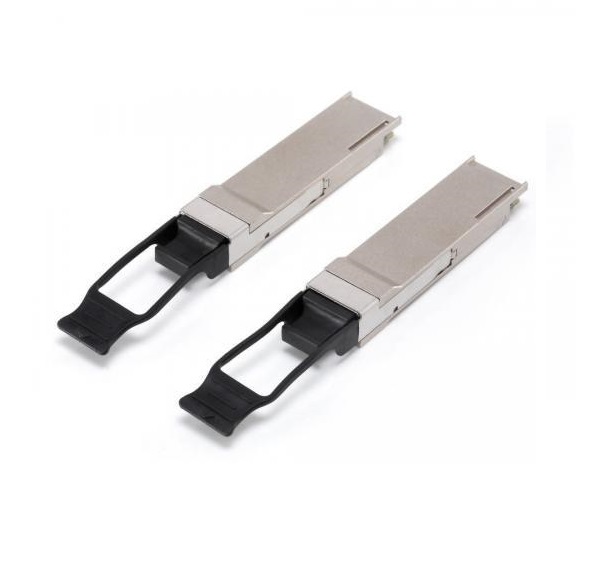- Sales SupportContact Sales
- Call us at: +(86) 15211074652
- Send us a email at: info@zr-fibercable.com
100G Transmission Using 100G QSFP28 Transceivers
Introduction:The exponential growth of data traffic and the increasing demand for high-speed connectivity have led to the development of advanced optical communication technologies. One such technology is the use of 100G QSFP28 (Quad Small Form Factor Pluggable) transceivers, which enable the transmission of data at 100 gigabits per second (Gbps). This article provides an overview of 100G transmission using 100G QSFP28 transceivers, including the working principles, key components, and considerations for successful deployment.
Understanding 100G QSFP28 Transceivers:
A 100G QSFP28 transceiver is an optical module that combines both the transmitter and receiver functions to facilitate data transmission at a rate of 100Gbps. It is widely used in data center networks, telecommunications, and high-performance computing applications. The QSFP28 form factor ensures compatibility and interoperability with network switches, routers, and other networking equipment.
Working Principles of 100G QSFP28 Transceivers:
The 100G QSFP28 transceiver utilizes several key components and technologies to enable high-speed data transmission:
2.1 Optical Transmitter: The optical transmitter consists of a laser or a series of lasers that generate optical signals carrying the data. The type of laser used can vary, including Distributed Feedback (DFB) lasers, Vertical-Cavity Surface-Emitting Lasers (VCSELs), or Electro-Absorption Modulated Lasers (EMLs), depending on the specific requirements and application.
2.2 Optical Receiver: The optical receiver consists of a photodiode or an array of photodiodes that convert the incoming optical signals into electrical signals. The receiver amplifies and processes these electrical signals for further data processing.
2.3 Optical Multiplexing: To achieve the 100Gbps data rate, the transceiver employs techniques such as wavelength division multiplexing (WDM) or parallel fiber transmission. WDM allows multiple optical signals of different wavelengths to be transmitted simultaneously over a single fiber, while parallel fiber transmission utilizes multiple fibers in parallel to transmit the data.
2.4 Forward Error Correction (FEC): FEC is an error detection and correction technique implemented in the transceiver to enhance data reliability. It detects and corrects errors that may occur during transmission, ensuring accurate data delivery.

Considerations for 100G Transmission Using QSFP28 Transceivers:
Successful deployment of 100G transmission requires careful consideration of various factors:
3.1 Fiber Infrastructure: The existing fiber infrastructure needs to be evaluated to ensure it can support 100G transmission. Single-mode fiber (SMF) is typically used for longer-reach applications, while multimode fiber (MMF) may be suitable for shorter distances within data centers. Proper fiber characterization, including fiber type, bandwidth, and dispersion, is essential for optimal performance.
3.2 Distance and Reach: The transmission distance is a critical factor when deploying 100G QSFP28 transceivers. Depending on the specific transceiver and the type of fiber used, the transmission distances can vary from a few meters to several kilometers. It is crucial to select transceivers suitable for the desired transmission distance to ensure reliable and efficient data transmission.
3.3 Power Budget: The power budget determines the allowable optical loss in the transmission path. It is essential to calculate the total link loss, considering factors such as fiber attenuation, connector losses, and splicing losses, to ensure that the power budget requirements are met. Choosing appropriate fiber connectors and performing proper cable management are crucial to minimize losses.
3.4 Compatibility and Interoperability: Compatibility between the 100G QSFP28 transceiver and the networking equipment is crucial for seamless integration.
You might be interested in
We use cookies to ensure that we give you the best experience on our website. By clicking on "Accept" or continuing to use this site, you agree to our use of cookies in accordance with our Cookie Policy .You can refuse the use of cookies here.
Accept

